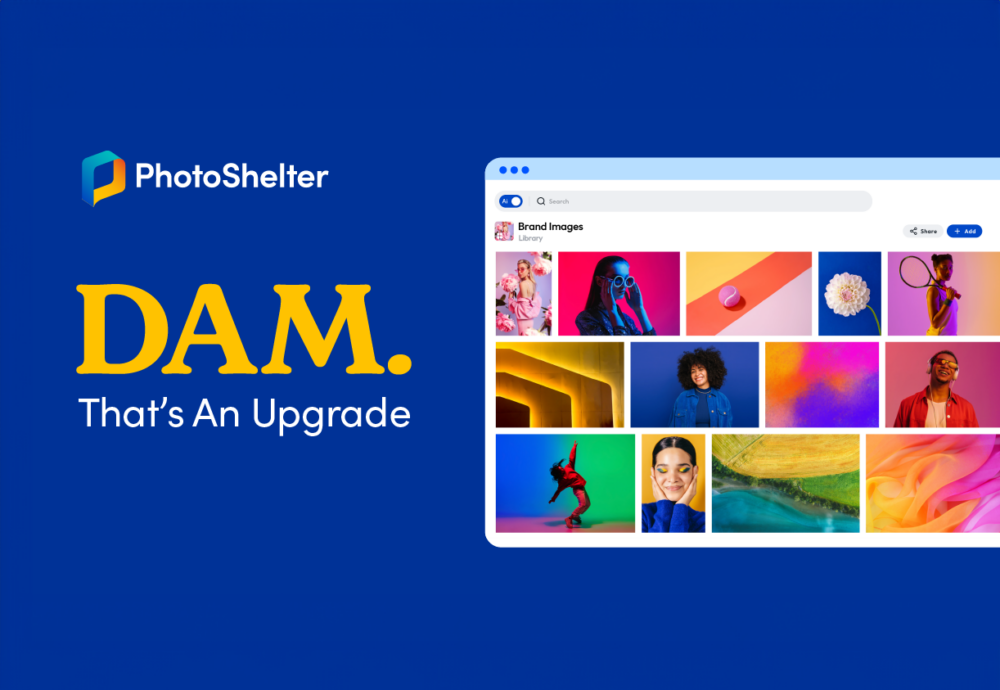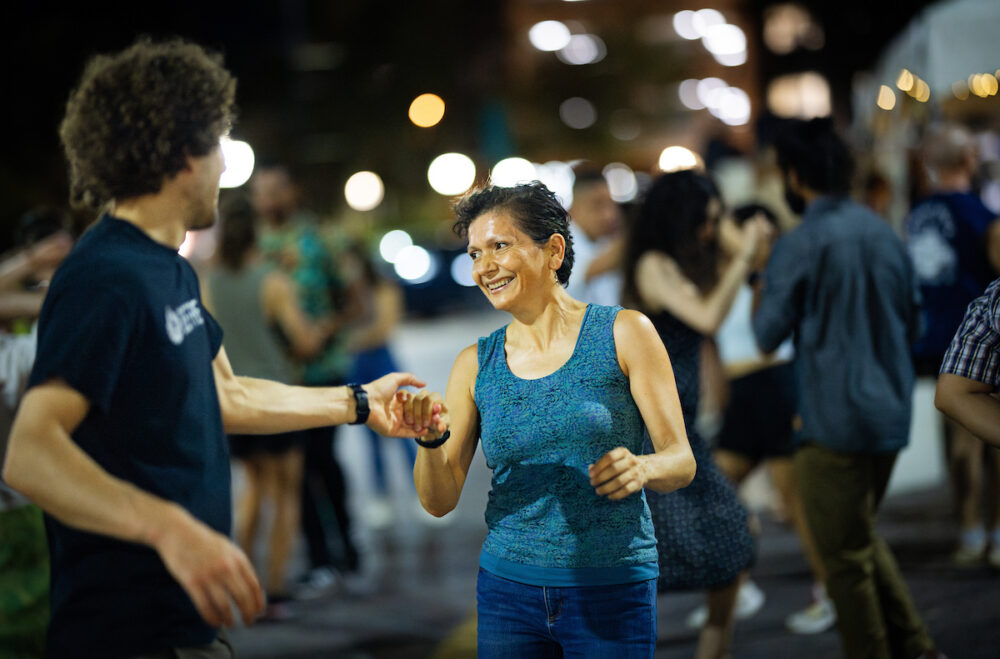As audience demand for video content multiplies, so does your creative team’s needs for organization and productivity tools; and now we’re prepared to meet that need.
As creative problem-solvers and pioneers in DAM (dynamic asset management,) we want to take you inside our latest product roadmap and go-to-market process so you understand how we’re strategizing, innovating, and optimizing constantly to meet your team’s needs.
Learn what PhotoShelter’s VP of Product, Monika Smyczek, and the rest of the product team have been up to this year so far and get a brief overview of the future tech we plan to explore, below.
The below Q&A was edited for clarity and length.
When you first joined PhotoShelter, what were the main challenges our users cited using our Video Player? What were the main features folks requested?
Monika: Video enhancements were #4 in our Top 5 themes in customer feedback when I joined PhotoShelter. Many customers were looking to organize and share their content from a single, consolidated platform and wanted that platform to be PhotoShelter for Brands. To better support them in this goal, we invested in our video experience so that our customers can:
- Upload their video content more quickly into our platform, cutting processing time for most videos in half.
- Provide captions for all their video content, in multiple languages, to ensure their content is accessible.
- Offer a richer viewing experience with video player upgrades, including playback speed selection and hotkey support. Keyboard navigation also creates a more accessible experience in the video player.
- Integrating with our customers’ creative workflow with our Adobe Premiere connector.
Why and how did the Product team decide to prioritize working on the video player?
Monika: PhotoShelter specializes in serving organizations that prioritize visual media and video is a powerful form of visual media. We know our customers prioritize video because it engages, educates, and delights their audience like no other format.
Video is a critical area of investment for us long-term, not only based on feedback from our customers but reinforced by the market overall:
- Over 80% of the content on the internet is video, so we knew this will be a critical area of investment long-term (Cisco Report)
- Top area of investment, #1 tool in content strategy for B2B marketers (Hubspot)
How does your team weigh the urgency and immediacy of a project? Does industry research like how much video content brands are producing YoY come into play when you’re building a product roadmap?
Monika: We aim to balance our product roadmap between improvements to our user’s everyday experience on our platform with longer-term investments that ensure PhotoShelter stays the best DAM for creative teams who value visual media.
A deep understanding of the content our customers are creating, the jobs they are trying to do and the market landscape overall is a huge factor in how we plan our work.
If you work for a video-first organization or brand, what are the main features you probably need in a video player?
Monika: To serve video-forward organizations, a DAM should process these large files efficiently, integrate into the creative production workflow (e.g. offer an Adobe Premiere connector,) and be able to share and distribute videos easily. Efficient searching, choosing playback speed or quality, adding captions, setting a custom thumbnail and clipping (coming soon!) are all important features that all users on a creative team will need—from video editors to social media managers, in order to customize the video assets to their needs. We have all of those and the ones we don’t, we’re working on.
How do you go about building accessibility product features into your product dev strategy/timeline/roadmap?
One of our product managers Chris Owyoung chimed in saying, “At a high level, we will need to continually test our products to ensure and improve their accessibility using both automated and manual testing. Ideally, accessibility is part of our “definition of done” (conformity) and not a roadmap item that is revisited only occasionally (compliance).”
What other accessibility features should exist, but aren’t being developed by tech innovators at large yet?
Monika: When thinking about creating an accessible video experience, there are a few main areas to focus on:
- Captions: For pre-recorded content, provide closed-captions and for live video provide live captions. The quality of captions are also important – while AI can be a powerful tool to generate text for captions, the best quality often requires a human to review and ensure the captions are accurate and clear.
- Transcription: Unlike captions, a transcript is not time-coded and provides a written version of the contents of the video.
- Audio Description: Ror low-vision or blind users, providing audio description of what’s happening in the video that play alongside the video content.
- Accessible video player: A video player that supports keyboard navigation and speech recognition, along with displaying text for captions in an accessible way (e.g. large font size, sufficient contrast).
Do you think social media has affected the way video content is produced these days? If so, do you think the content shift is more device-driven with the rising popularity of VR? Will that affect how DAMs innovate product and video asset management features?
Monika: Social media creators have really blazed a new path in terms of video production, specifically on phones and mobile devices. They’re innovating and teaching the rest of us what video can and will look like in the future.
COVID may have hastened the rise of live and hybrid events, but they are here to stay now as teams and communities have become more widely distributed, and this introduces new opportunities for DAMs to better support their customers.
We’re gearing up for some serious platform and tech upgrades soon, so sign up for our Monthly Product Newsletter to get can’t-miss updates about tools and platform features that will help your team optimize your creative content marketing workflow.
Don’t forget — we’re a dedicated team of creatives who are always listening, tinkering and optimizing, so to help keep improving your DAM experience, please reach out and let us know what platform features you love and what could use an upgrade!


